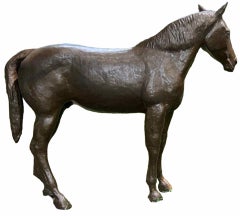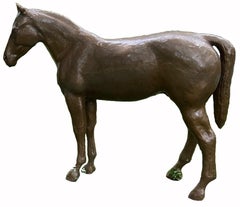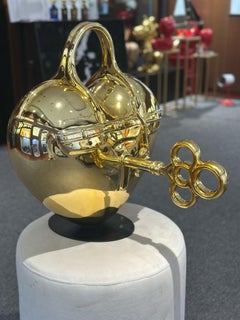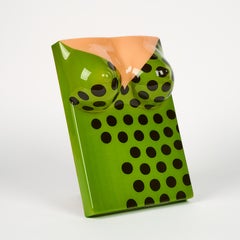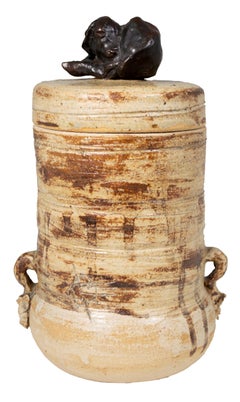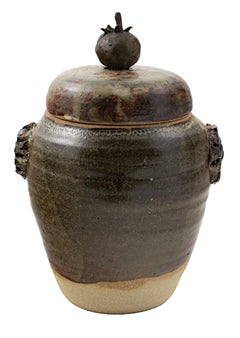Ernst Gramatzki Art
Ernst Gramatzki was born in Königsberg, Germany, in the Russian sector near the Baltic Sea. That area is also referred to as Kaliningrad and is the birthplace of philosopher Emanuel Kant. He is a world-renowned artist, sculptor, potter, painter and poet. Some of his work is in the Smithsonian Institution in Washington, D.C. as well as in art galleries in both the U.S and Europe. His interest in art is the result of two Hungarian art students taken in as boarders by his family following the Hungarian revolution. One, who is still well known throughout Europe, was a potter. “I shared half of the garage with him,” said Ernst, who attended the University of Fine Arts in Hamburg. It was in 1961 that Ernst immigrated to the United States, taking a position with the Milwaukee Public Museum. He lived in Rochester for nearly 30 years and each room of his home was dedicated to a different art form. A room at the top of the stairs was filled with oil paints and multi-paneled works. In the basement, wet clay sat ready to be molded by inspired hands. Ernst worked for museums, which sometimes directs where he focused his energy each day. “I try to juggle the things I have to do with the things I want to do,” he used to say, “One is always at the expense of the other. I like to blow things up that people are too busy to look at,” he said of his oil paintings, "You have to sit and look at things. You don't need to name things. That limits people in their imagination and what they would like it to be.” An entire painting by him may be devoted to the stains on the bottom of a coffee mug or a close-up view of a twig. Ernst said his inspiration could come from anything around him. He found a use for a dried-up grapefruit by using it as a mold for a clay stamp. Nothing, including old corn cob, is overlooked as an artistic tool. Most of his pottery took the form of covered jars, each of which had its own number and entry in a journal that included a sketch and to whom the pieces were sold. The covers of the jars had small bronze sculptures for handles. Gramatzki had shifted gears and had been creating dozens of clay birdhouses that will hang at the Hoyt House and a few large, hollow toads for use as toad habitats. Hoyt House Designer Showhouse and Gardens event showcased Ernst at the pottery wheel in one room of the home. Ernst Gramatzki passed away on September 10, 2005, in Hamburg, Germany.
1990s Realist Ernst Gramatzki Art
Fiberglass
1990s Realist Ernst Gramatzki Art
Fiberglass
21st Century and Contemporary Pop Art Ernst Gramatzki Art
Resin, Fiberglass
1960s Pop Art Ernst Gramatzki Art
Fiberglass
21st Century and Contemporary Pop Art Ernst Gramatzki Art
Resin, Fiberglass
20th Century Abstract Expressionist Ernst Gramatzki Art
Fiberglass
21st Century and Contemporary Pop Art Ernst Gramatzki Art
Fiberglass
21st Century and Contemporary Baroque Ernst Gramatzki Art
Fiberglass, Plaster, Spray Paint
21st Century and Contemporary Baroque Ernst Gramatzki Art
Spray Paint, Fiberglass, Plaster
21st Century and Contemporary Pop Art Ernst Gramatzki Art
Iron
2010s Realist Ernst Gramatzki Art
Plastic, Polyester, Wood
20th Century Abstract Expressionist Ernst Gramatzki Art
Fiberglass
21st Century and Contemporary Pop Art Ernst Gramatzki Art
Gold Leaf
21st Century and Contemporary Pop Art Ernst Gramatzki Art
Fiberglass
1990s Contemporary Ernst Gramatzki Art
Bronze
1990s Neo-Expressionist Ernst Gramatzki Art
Bronze
1990s Ernst Gramatzki Art
Bronze
1990s Ernst Gramatzki Art
Bronze
